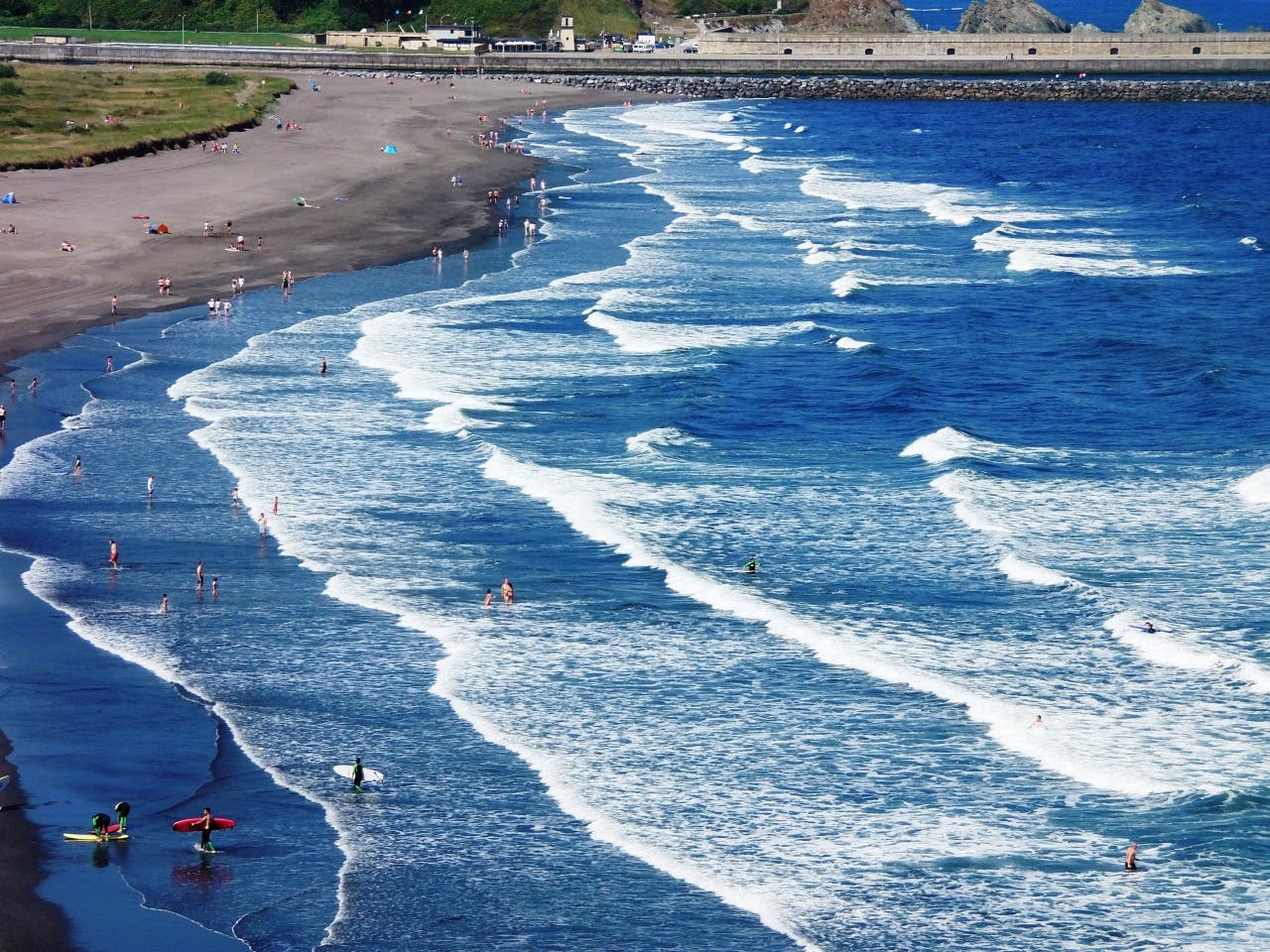Allan Mundy from Life Saving New Zealand explains how to spot rips and how to escape them if you get caught.
Rips are powerful, channelled currents of water flowing away from shore and can occur at any beach with breaking waves.
They most typically form at low spots or breaks in sandbars, and also near structures such as groynes, storm water pipe outlets and around rocky headlands.
Rip currents can be very narrow or hundreds of metres wide. Sometimes the rip ends just beyond the line of breaking waves, but it can also continue to push hundreds of metres offshore. The steeper the beach, the closer to shore the rip current will stop pulling.
How to spot a rip
- Calm patches on surf with waves breaking each side
- Rippled or criss-crossed water
- Discoloured water due to stirred-up sand
- Foamy water with debris
- A patch of deep water close to the shore line
How to escape a rip
Don’t try to swim against a rip, as this will tire you out very quickly. If surf lifesavers are present, float on your back, yell for help and wave your hand in the air. Otherwise, swim out of the rip perpendicular to the flow, towards the breaking waves.
Many people have died trying to save others caught in a rip. You are far better to dial 111 and tell the operator you have a surf emergency.







